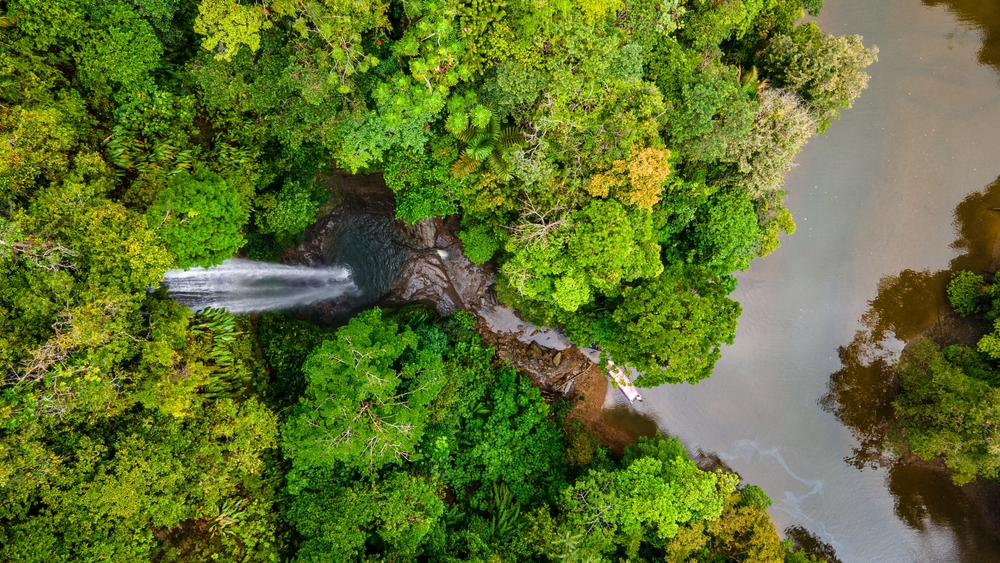Uramba Bahía Málaga Overview
Uramba Bahía Málaga National Park, or Parque Nacional Uramba Bahía Málaga in Spanish, is a coastal and marine park located on the Pacific coast of Colombia in the Valle del Cauca Department.
Covering approximately 190 square miles (491 square kilometers), the park is situated near the port city of Buenaventura. This protected area is renowned for its stunning coastline, rich marine biodiversity, and dense mangrove forests, making it an important ecological and conservation site. The park is particularly famous for its role as a seasonal breeding and calving ground for humpback whales, drawing visitors from around the world.
The landscape of Uramba Bahía Málaga National Park is dominated by a combination of rocky shores, sandy beaches, and lush mangrove swamps. These mangrove forests, which include species such as red, black, and white mangroves, provide essential habitats for a variety of marine and terrestrial species.
The park is also characterized by numerous small inlets and estuaries that support a complex web of life. Several waterfalls, such as the well-known La Sierpe Waterfall, cascade directly into the ocean, creating a striking contrast between freshwater and saltwater ecosystems. The surrounding rainforests add to the park’s scenic beauty, filled with towering trees and dense undergrowth that support a high level of biodiversity.
The park is home to an impressive variety of wildlife, both on land and in the ocean. One of its most famous inhabitants is the humpback whale, which migrates from Antarctica to the warm waters of the Colombian Pacific between July and November to give birth and nurse their young.
Dolphins, including bottlenose and pantropical spotted dolphins, are also frequently seen in the park’s waters. On land, the forests provide habitat for mammals such as the ocelot and the neotropical otter. Birdwatchers can enjoy spotting species like the harpy eagle, brown pelican, and the vibrant toucan. The waters of the park teem with marine life, including sea turtles, rays, and a variety of reef fish, making it a paradise for snorkeling and diving.
Uramba Bahía Málaga National Park is popular for its breathtaking natural features and the opportunities it offers for ecotourism. Whale watching is the primary attraction, with many guided tours operating during the migration season to observe these majestic creatures in their natural habitat.
Visitors can also explore the park’s mangrove forests by canoe, providing an intimate way to experience the rich biodiversity of these ecosystems. Hiking trails through the rainforest lead to hidden waterfalls and secluded beaches, offering a mix of adventure and tranquility.
Snorkeling and diving allow visitors to experience the vibrant underwater world, while cultural interactions with local Afro-Colombian communities provide insight into the traditions and way of life of the people who call this region home.
The park faces significant conservation challenges, including habitat destruction due to deforestation and pollution from nearby human activities. The increase in tourism, while beneficial for the local economy, also puts pressure on the park’s ecosystems.
However, conservation efforts have been successful in promoting sustainable tourism practices and raising awareness about the importance of protecting the park’s biodiversity. Strict regulations on fishing and boating activities have helped maintain marine life populations, and ongoing research on humpback whales contributes to global conservation efforts for these magnificent creatures.
Park Map
Uramba Bahía Málaga National Park Highlights
Share your clicks with us
Related National Parks More Colombia
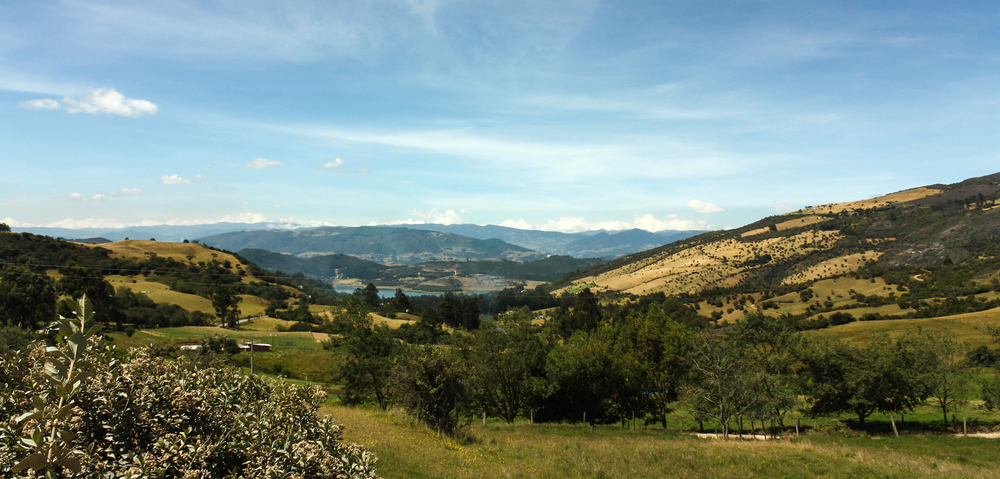
Sumapaz National Park

Sierra Nevada de Santa Marta National Park
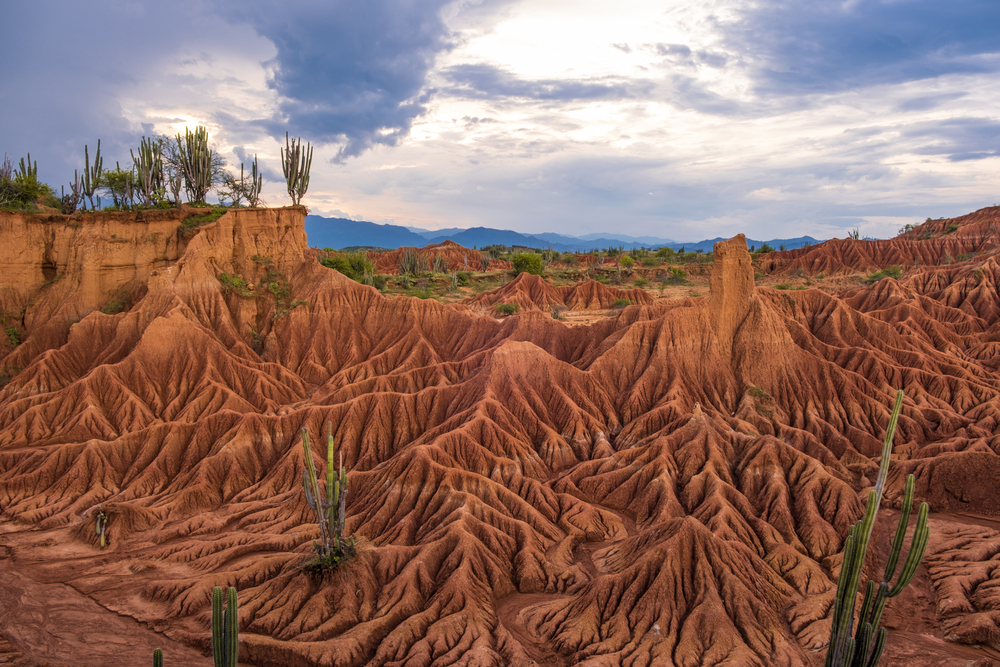
Nevado del Huila National Park

Tayrona National Park
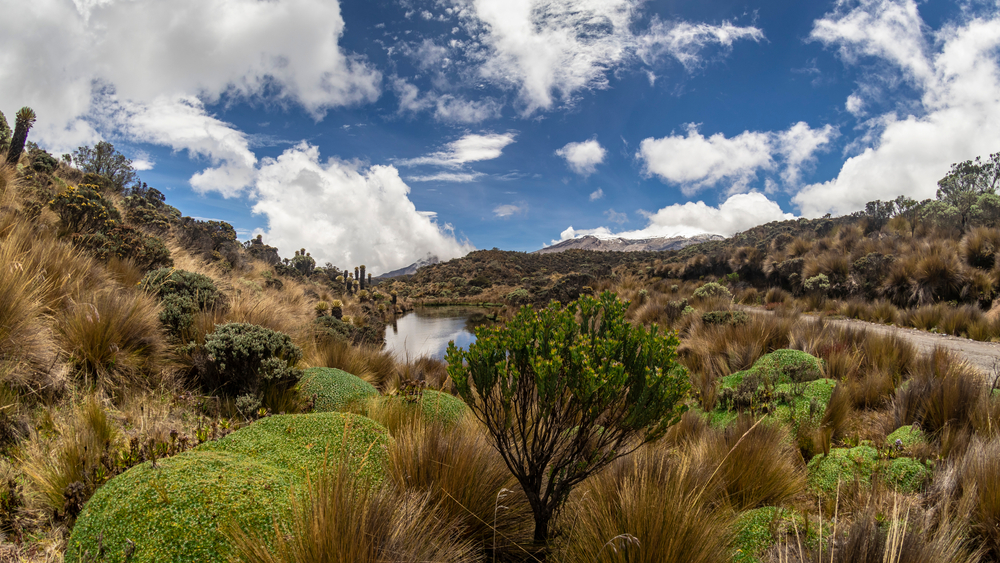
Los Nevados National Park
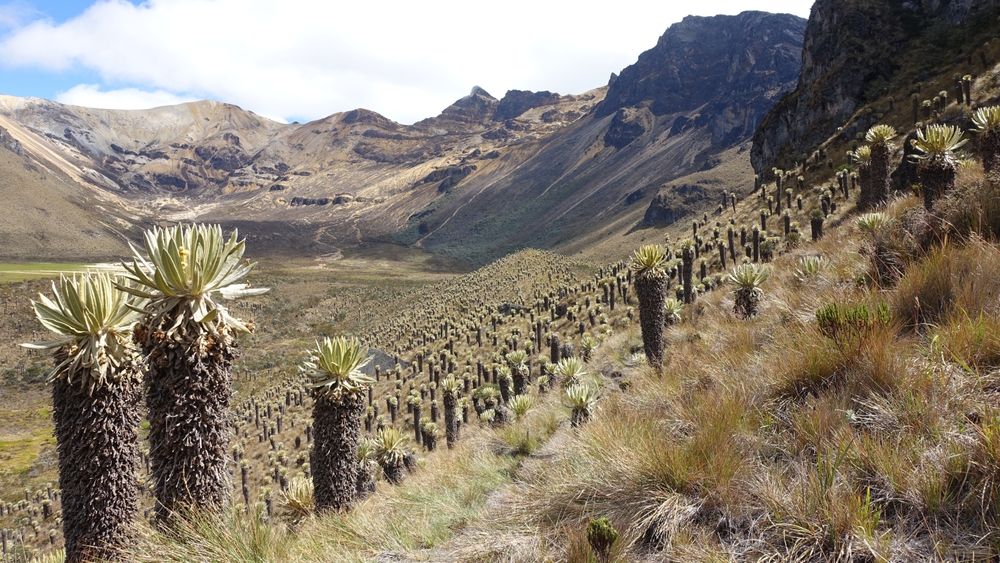
Paramillo National Park

Pisba National Park

Serranía de los Churumbelos Auka-Wasi National Park
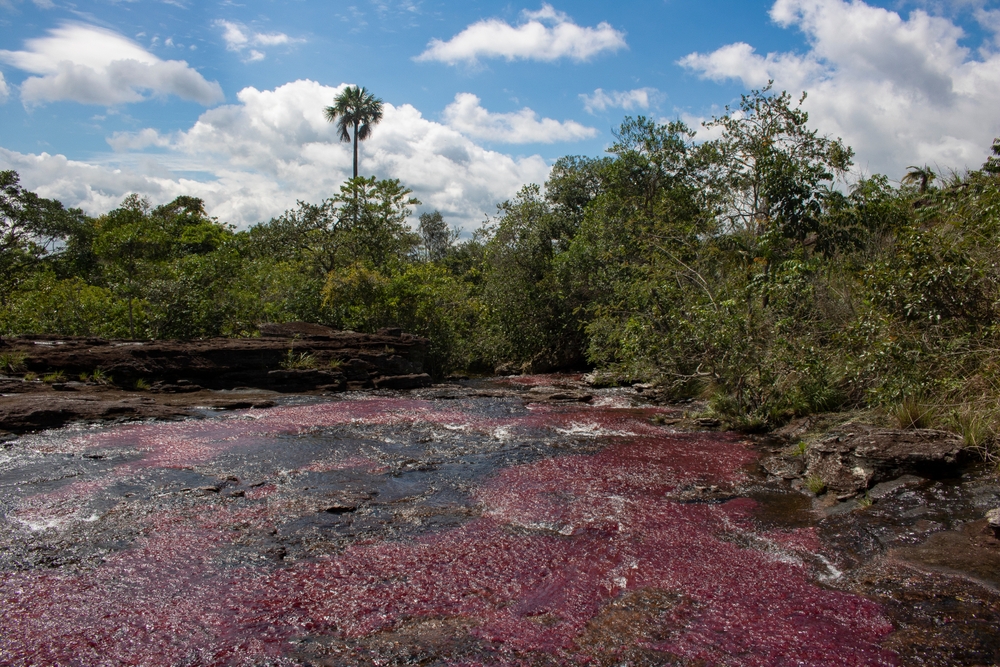
Serrania de la Macarena National Park









































































